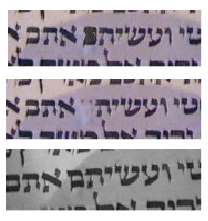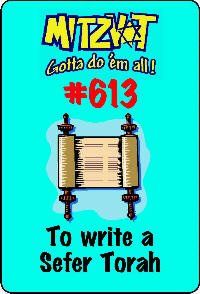One error was literally a text book case and is described in detail in a primary text, the Keset Hasofer (the inkwell of the scribe).
It involves a mem sofit and what happens when a drop of ink falls into the centre thus obscuring the form of the letter. Scraping out the blot is no good as this would involve chok tochot (forming the letter by carving out) and in summary letter forms can only be made by ink (this by the way is a very very quick summary of pages and pages of halachic detail, opinions from early and late authorities, commentaries, super commentaries etc. etc.). The whole letter must be scraped out and rewritten.



